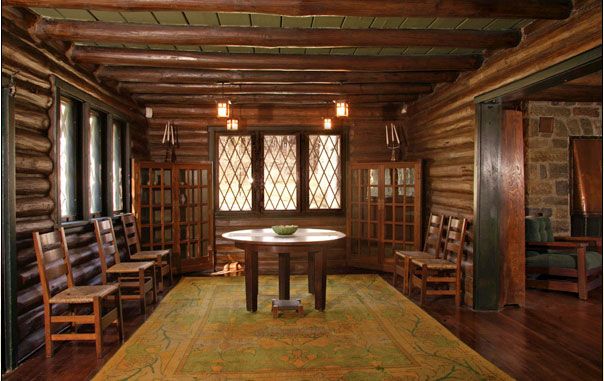
Get up close and personal with Gustav Stickley furniture at Craftsman Farms -- the Stickley homestead in northern New Jersey from about 1910 to 1915.
If you’re like the majority of our readers, you’re probably an Arts and Crafts fan and might be interested to learn about a landmark dedicated to the style: Craftsman Farms — the Gustav Stickley homestead in northern New Jersey from about 1910 to 1915.
I got the chance to visit this Stickley attraction over the holidays. Since it opened to the public in 1990, the museum has amassed an incredible collection of his furniture. If you’re ever in the Parsippany area (less than an hour from Manhattan), you should definitely swing by to see an array of antiques including: a reclining Morris chair, a piano with Harvey Ellis inlay, library tables, sideboards, dining chairs, etc. The collection could even inspire non-Arts and Crafts fans to break out some quartersawn white oak.
If you can’t make the journey in person, try a virtual tour on the museum Web site.
The house was obviously filled with white oak furniture, but Stickley worked in other local materials as well. Chestnut beams were used in the construction of his house as well as some furniture including a library table with a stacked stretchers. Another notable piece is a green-stained elm partners desk that takes center stage in the living room area on the lower level.
You can also scope out a pair of unique corner cupboards, original to the house. The foundation reclaimed them at auction in 1999, purchasing them from Barbara Streisand.
The Craftsman magazine: digital archive all online
On the tour, I also learned more about Stickley’s non-woodworking pursuits. His visionary ideas stretched beyond furniture and design. The magazine he founded, The Craftsman (1909 to 1916), includes articles a range of topics including politics, social issues–even advice on child rearing. (Can you imagine the letters of complaint if we included that in FW?) Thanks to Internet, Stickley buffs can read the entire collection in a digital archive hosted by the University of Wisconsin.
Craftsman restaurant
Stickley even had strong feelings about food. His Craftsman Restaurant opened in Manhattan in 1913. The restaurant showcased his ideals about the relationship between food, design, pleasure, and the good life.
In an era of food industrialization and fears of food-borne illness (think Typhoid Mary and Upton Sinclair’s The Jungle), Stickley’s restaurant bucked trends and went “local” featuring fresh eggs, milk, veggies, and fruit from his farm in New Jersey.
Stickly’s “slow-food movement” from the early 1900s obviously strikes a chord today–a century later. On the Fine Woodworking staff alone, members are starting up kitchen gardens at home, we compost our office coffee grounds and lunch scraps, and four staffers even erected chicken coops on their properties here in semi-suburban Connecticut.
Sadly, Stickley’s restaurant and ideas didn’t take on and went instead into decline. The restaurant didn’t make money and closed within two years of opening. Stickley himself declared bankruptcy in 1915 as Arts and Crafts furniture waned in popularity.
But, a century later, I’d guess that Stickley would be pleased to see the resurgence in Arts and Crafts’ popularity and the swelling demand for “real” food.
If you want to brush up more on all things Gustav Stickley, check out the museum, its Web site, or his Craftsman magazine where you can read more than 180 editions filled with his musings on furniture, decor, and more.
Any other thoughts on Stickley or the Arts and Crafts movement? Any other places that you’d recommend people visit to learn more?
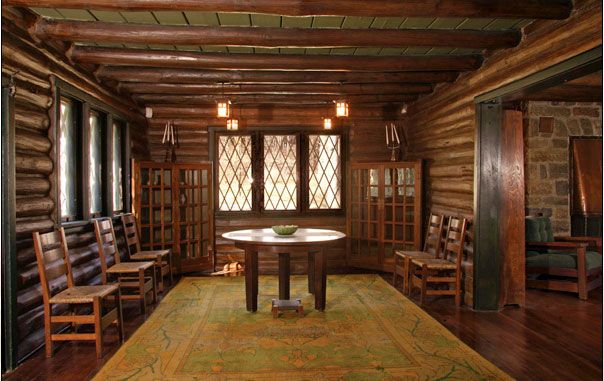
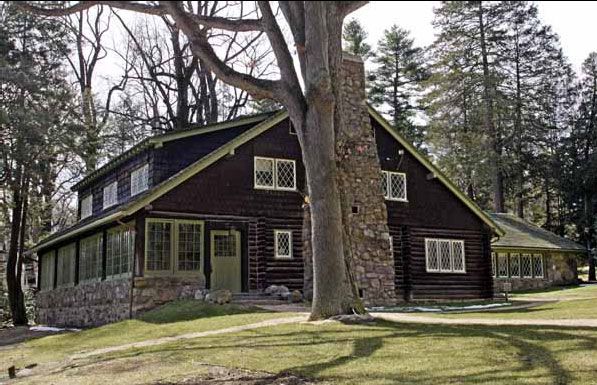
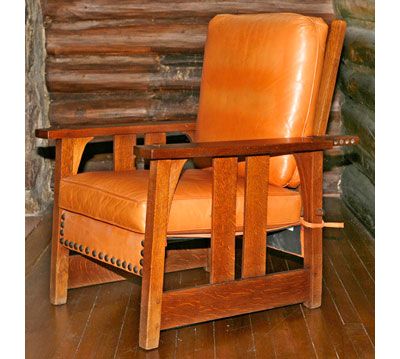

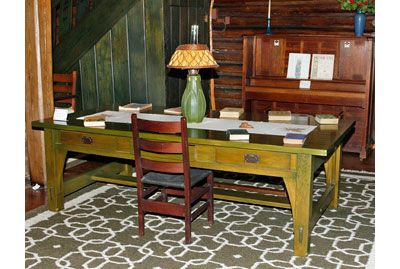
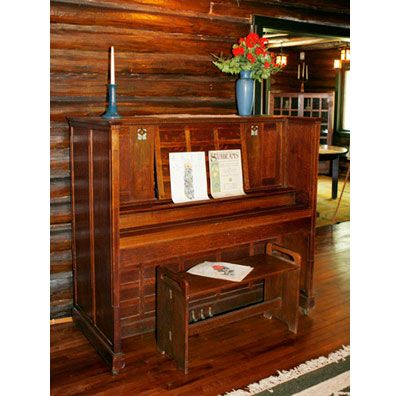
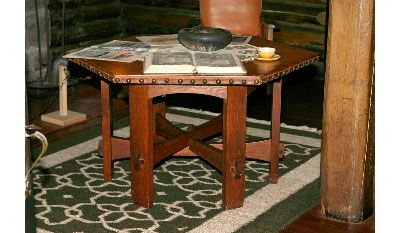








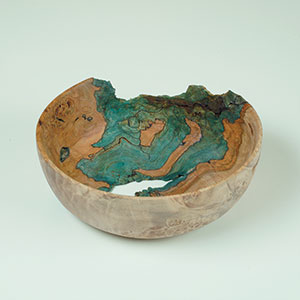
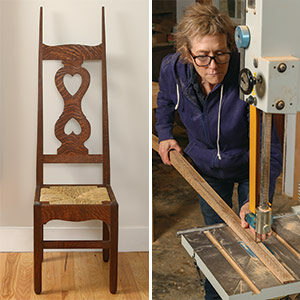











Comments
Fascinating.
And so sad.
To have enjoyed such intial success, be bankrupt within five years, and then having some of those same pieces commanding as much as half a million dollars a century later.
Not that what "the world thinks" should be the only way we value our contributions, it is nonetheless hard not to be impacted by it.
Thanks for the look Gina.
Peter Boeckh
Mecca?
How about,'HOLY GRAIL' instead?
@DasHornetson,
"Holy Grail" would not be an appropriate metaphor here, since it represents an object (in particular, an object having magical powers) that people wish to possess, whereas the article talks about a place that attracts people to visit. From the American Heritage Dictionary of the English Language: "mec·ca n. 1. a. A place that is regarded as the center of an activity or interest."
-Steve
The Omni Grove Park Inn in Asheville, NC has outstanding A&C furniture in the common areas.
Log in or create an account to post a comment.
Sign up Log in